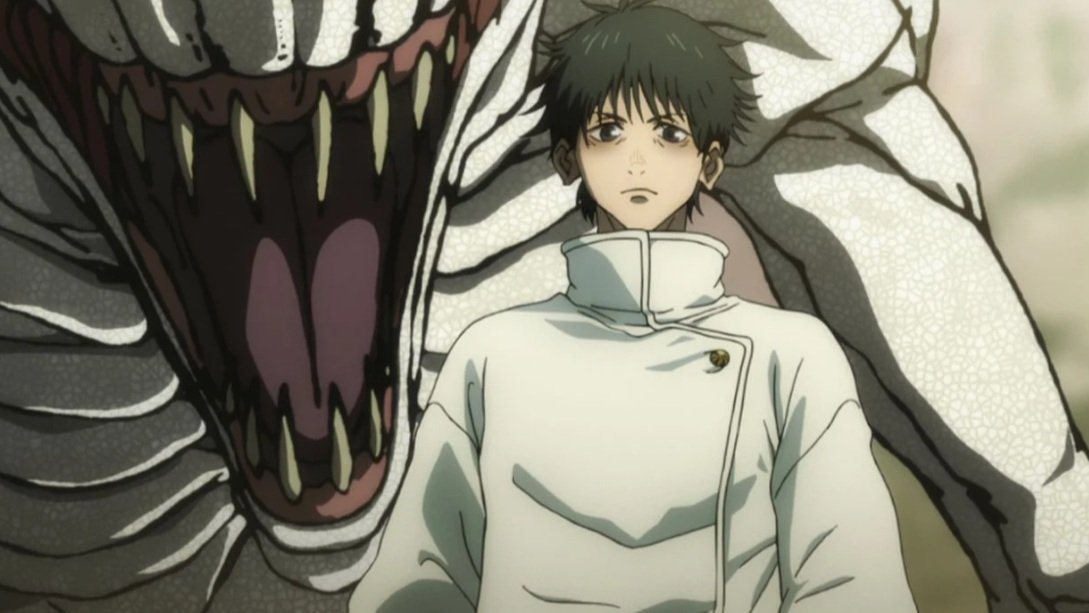Review: Random Acts of Violence
Jay Baruchel’s sophomore directorial effort has a lot to say about the nature of violence in media: about the differences between journalism, entertainment, and fetishization, how bad faith coverage can be inspiration for more violence, and how violence is so baked into our culture that perhaps there is no escaping it. These are novel concepts to tackle in a horror film, but Baruchel and his longtime writing partner Jesse Chabot seem unequipped to handle these ideas with the complexity that they need, and seemingly boil them down to a black and white conclusion. The frustrating thing is that Random Acts of Violence is very good otherwise. The horror is gripping, there are some terrific performances, the gore effects are stomach-churning, and there are genuinely insightful points made. But I was so turned off by the underbaked central message that I was left feeling sour about the whole experience.
Canadian Todd Walkley (Jesse Williams) is the writer behind the most popular horror comic book series in the world, Slasherman, which is inspired by a series of murders that took place along I-90 in the ‘90s. The series is coming to a close soon, but Todd is suffering from writer’s block, and is hoping to gain inspiration from a press tour road trip to the U.S. with his assistant Aurora (Niamh Wilson), his publisher Ezra (Jay Baruchel), and his girlfriend Kathy (Jordana Brewster). At the same time, Kathy is working on a documentary project about those same murders. The road trip takes them through the small town of McBain, where the killer was based, and while they are there a series of murders similar to those that are depicted in the comic book start to happen.
So, we have the original murders themselves, the comic book version of those murders, a documentary about those murders, and the copycat versions of those murders to pay attention to all at once. That plot is tough to follow, not necessarily due to the myriad layers, but due to the fact that the characters seemingly take forever to discover what should be obvious. It’s not until the third act that Todd recognizes these new murders are based on his own comic book, even though they are incredibly obvious and should be something he would be intimately familiar with. It’s hard to take something that is that much of a stretch seriously, and that’s before you add the truly galaxy brain final twist of the film to the mix. But here’s the thing, this movie wants you to take it very seriously.
Random Acts of Violence comes to some pretty grand, sweeping conclusions about violence in entertainment. Every character in the film (including a goody two shoes cop, naturally) tells Todd that when real violence is treated frivolously it inspires more real life violence, and the twist of the film backs that up. According to real-life studies, there is a kernel of truth to this. It is likely true that consuming large amounts of violent entertainment can lead to more aggressive behavior. But most of these studies acknowledge that that alone is a single small factor, and that issues like poverty, mental instability, or lack of education play a much larger role in aggressive behavior, and in fact this entertainment likely does more good than harm in the long run by providing a safe outlet. It’s a weird stance to take for a very violent horror film, saying that the genre itself is somehow inherently evil.
I mentioned previously that there is great stuff about this movie; Jesse Williams’ performance in particular is excellent. He has a rare talent that is equally great during both the film’s more naturalistic scenes and its more heightened dramatic scenes. This is also Jordana Brewster’s best performance I’ve seen. The soundtrack is the typical indie horror film electronica that you’ve heard before, but it is still quite good. And the film has some fantastic special effects. There’s a stabbing death in here that is among the most horrifyingly realistic I’ve seen. It’s set up with Simon Northwood’s killer psyching himself up, as if he actually doesn’t want to kill these people and is having to force himself to do it, which is a very interesting layer to that character. But, it’s an angle that is never explored again, perhaps because the creators were more interested in taking a bad faith conservative moralistic stance on the entirety of the horror genre than they were in making a horror movie.













